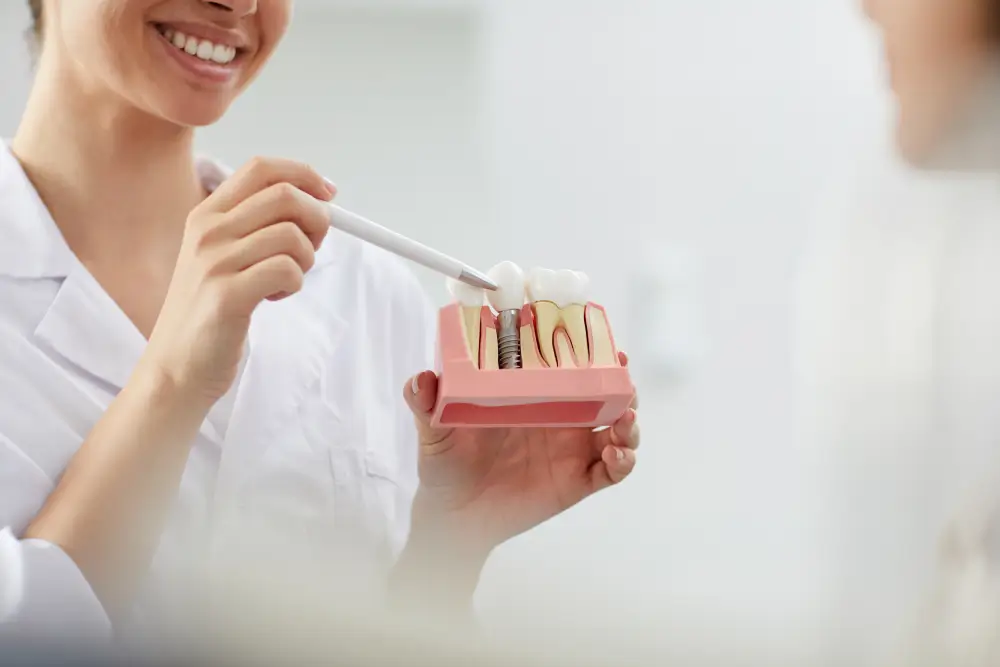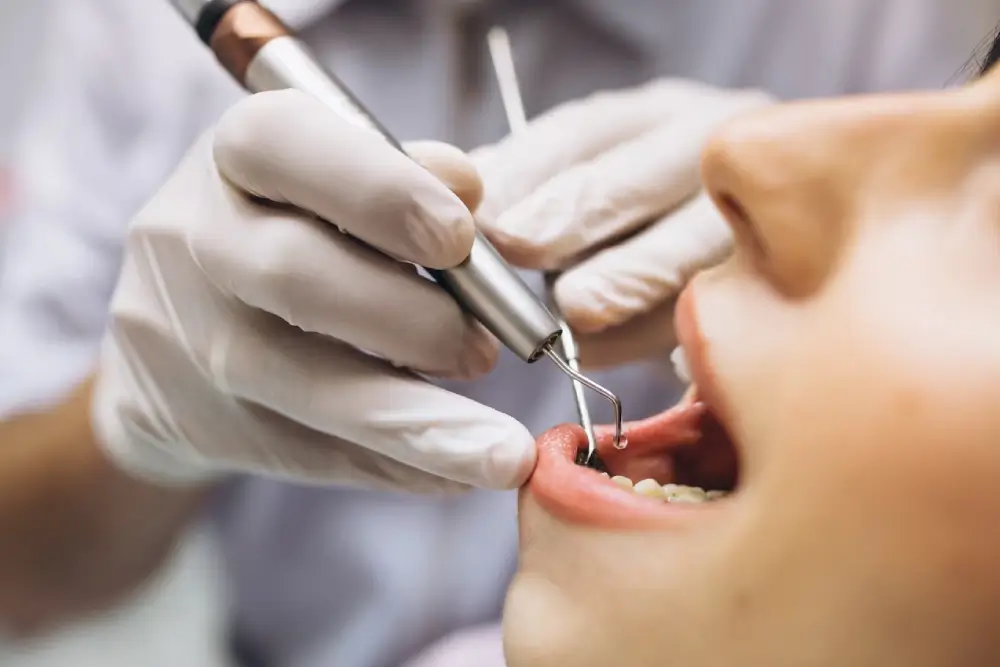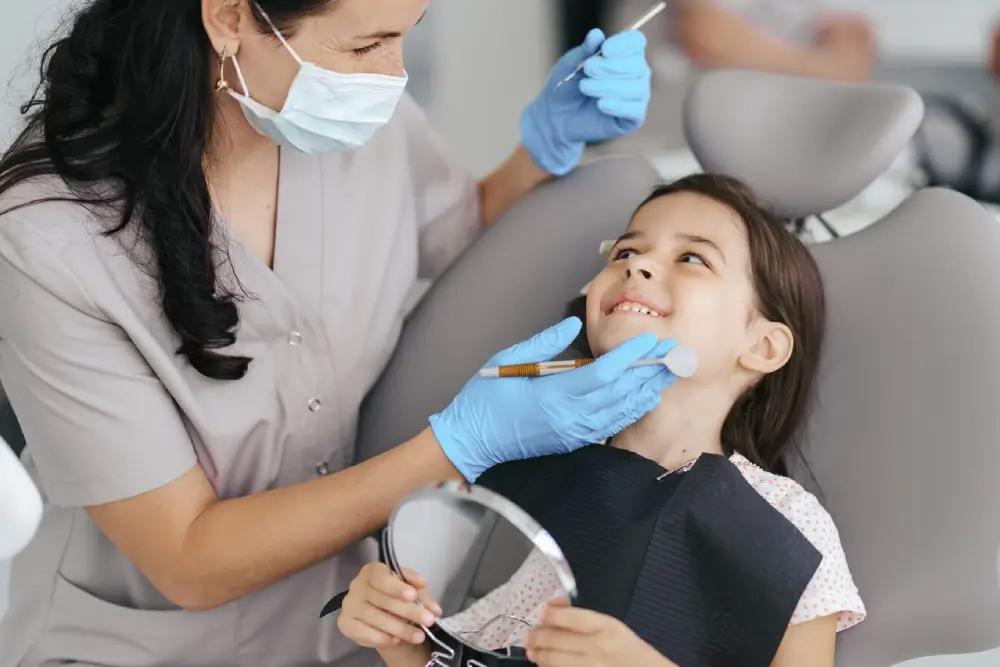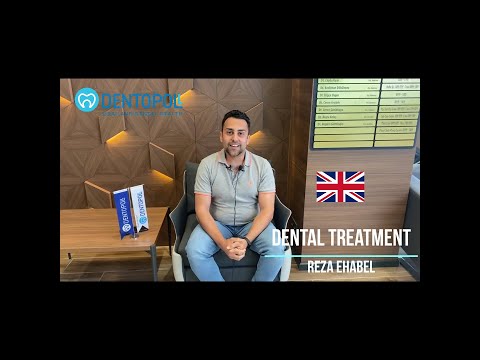Send Message Now
dentists at Dentopol Oral and Dental Health Center.

Digital smile design is the process of taking intraoral and extraoral photographs of the patient and taking measurements of their teeth and planning a personalized smile in a digital environment.
When designing a smile, anatomical parameters such as the patient's facial proportions, teeth size, gum levels, pupil position, nose tip, facial asymmetry, lip position, jaw closing relationships, as well as parameters that affect the patient's social life such as age, profession, and gender are taken into consideration.
The most important advantage of smile design is that the patient can see the smile specially prepared for him/her without any dental work. This session is very beneficial for both the patient and the doctor. Thanks to smile design, it is seen to what extent the patient's aesthetic expectations and anatomy match. In addition, it is seen whether this smile changes the patient's speech and the chewing function of his/her teeth.
Things to consider after smile design:
Oral Hygiene: Oral hygiene should be taken care of after treatment and regular tooth brushing habits should be maintained.
Routine Check-ups: Regular check-ups recommended by the dentist should be performed, and in case of any problems, a doctor should be consulted without delay.
Smile design is usually completed in three sessions. However, the duration may vary depending on the scope of the procedures and the patient's specific needs.
Dental implants are titanium artificial tooth roots placed in the jawbone to restore the function and aesthetics of lost teeth and provide oral rehabilitation.
Implant planning and prosthesis application can be made in accordance with many treatment options, from a single missing tooth to complete jaw edentulism. A single porcelain or zirconium crown can be placed on the implants or partial or full palatal prostheses can be applied.
Today, a wide variety of bone augmentation methods are used. These can be in the form of bone powder, artificial bone in the form of blocks or pieces, or bone supplements can be made with bones taken from the patient's own body.
There is no such thing as an expiration date for dental implants. As a general rule, the healthier your natural teeth, the better your oral hygiene and oral health, the longer your implants will stay in your mouth. In case of insufficient oral hygiene, the life of your implants will be shorter than expected.
First of all, a panoramic x-ray and, if necessary, a 3D image (Tomography) should be taken and it should be decided whether your bone is suitable for the implant. Afterwards, the most appropriate prosthetic planning can be made for you and the implants can be placed into the bone.




























































